
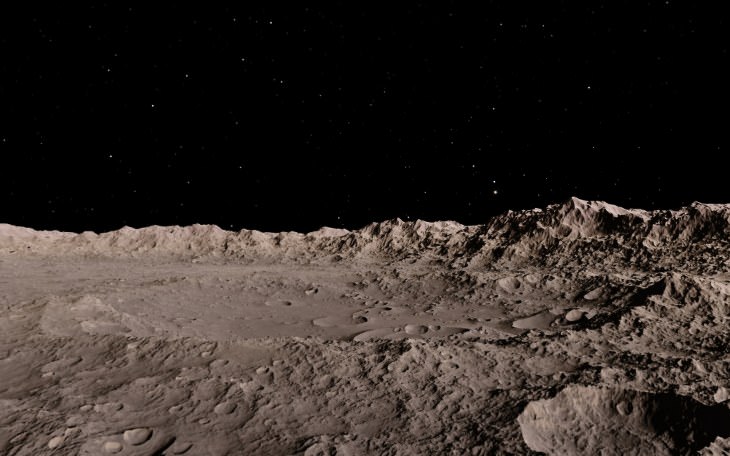
Researchers from Tohoku University found that the moon rock was primarily composed of moganite, which is a mineral that cannot form without the presence of water. This discovery is huge since it is the first time that moganite has ever been detected in a moon rock.
"Moganite is a crystal of silicon dioxide and is similar to quartz. It forms on Earth as a precipitate when alkaline water including SiO2 is evaporated under high-pressure conditions," said lead researcher Masahiro Kayama. "The existence of moganite strongly implies that there is water activity on the Moon."
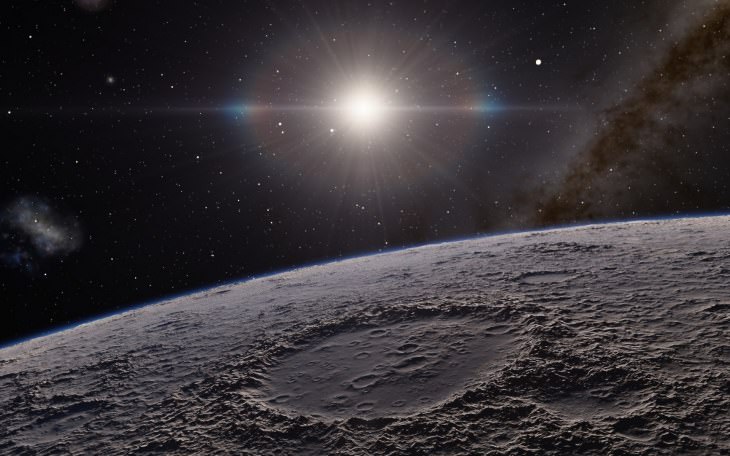
For ages, researchers had held the belief that the moon doesn't contain any water at all. While this may be true for its surface, several studies have suggested that there is actually ice hidden somewhere in the moon's crust. So far, no researchers have ever managed to pinpoint its location, which is why the discovery of moganite in this asteroid is so exciting for the scientific community since it proves that ice is present at mid and lower lunar latitudes.
Using electron microscopy, the scientists closely inspected the chemical makeup of 13 different lunar meteorites, which were all recovered from the same African desert. They then used a technique called micro-Raman spectroscopy to identify particular mineral structures within each meteorite. Curiously, moganite was only found in one of the samples, which indicates that it could not have formed after landing on Earth.
According to Kayama, "if terrestrial weathering had produced moganite in the lunar meteorite, there should be moganite present in all the samples that fell to Earth around the same time. But this was not the case."
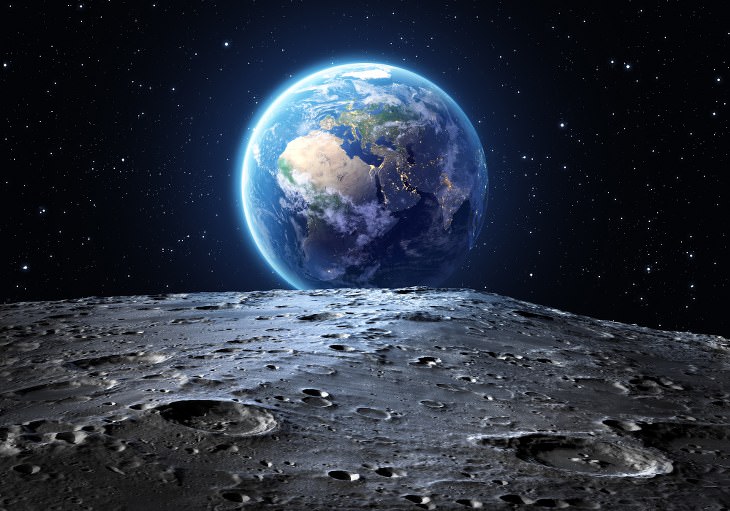
The team of scientists believes that the moganite was formed through evaporated water on the Moon's surface, in an area known as the Procellarum Terrane, which frequently receives strong and direct sunlight.
"For the first time, we can prove that there is water ice in the lunar material," Kayama said. "In a moganite, there is less water, because moganite forms from the evaporation of water. That's the case on the surface of the moon. But in the subsurface, much water remains as ice, because it's protected from the sunlight."
The scientists have estimated the water on the moon is roughly 0.6 weight percent. This means that future explorers should be able to extract around 6 liters per cubic meter of moon rock (roughly 1.6 gallons of water per 36 cubic feet). If this estimate turns out to be accurate, this would mean that future colonies on the moon would have more than enough water to keep them going for a very long time.

This study's biggest drawback is that the findings cannot be confirmed until further samples are retrieved from the moon itself. Thankfully, there are already a handful of lunar missions in the pipeline, and Japan's Aerospace Exploration Agency has promised to carry out two expeditions, one to search for additional sources of water, and another to bring back additional samples.
In the meantime, the team is now focusing on water that forms from volcanoes and solar wind - two distinct ways that water could have appeared on the moon. "Solar wind-induced water can give us new insight into the history of Sun activity, and volcanic water provides us with information of lunar evolution together with water," said Kayama.
Once again, all we can do is sit back and wait for further developments.

Study Finds a Painless Way to Monitor Blood Sugar Levels
A new study found that continuous glucose monitors improve blood sugar control and quality of life in diabetes patients - pain-free.
 4:53
4:53
You Are Literally What You Eat: How Food Affects the Brain
What happens in the brain when we opt for honey instead of jam? And how is Mediterranean diet better memory performance? Click to find out!
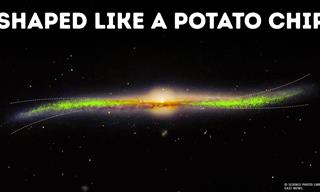 10:02
10:02
All the Fascinating Space Discoveries Made in 2019
2019 has seen quite a few eye-opening discoveries about space and astronomy. Learn about 26 of them in this video.

Forget Apples! It's an Egg a Day That Keeps the Doc Away...
According to new research, it could actually be an egg a day that keeps the doctor away.Find out more here!
 9:58
9:58
Would You Live On the Moon? Discover the Possibilities...
Did you know that the human race actually has the cash and resources available to start building a base on the moon today? Find out more here.

Can Probiotics Improve Mental Health? Research Says YES
Studies repeatedly show that probiotics can be a potentially effective treatment for several mental health issues. This is what is currently known on the topic.
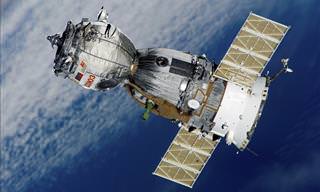 2:48
2:48
Revealed! This Is How Far We Have Sent Crafts into Space!
Ever wondered just how far humans have sent spacecrafts into space? If the answer is yes, then this video is just what you've been looking for.

Remembering the Life and Wisdom of Stephen Hawking
Stephen Hawking possessed one of the greatest minds the world has ever seen, but was also impaired by a debilitating disease. Here are his life ant times.
 15:55
15:55
This Incredible Documentary Takes You Into the Human Body
A beautiful and graphically advanced animation sheds light on the mysteries of the human body.
 10:01
10:01
9 UNBELIEVABLE Ice Science Tricks That'l Amaze You
Prepare to be amazed as ice takes center stage in these mind-boggling and unconventional science experiments.

6 Shocking Truths About Coffee You Never Knew
Have you been believing these common coffee myths too?
 12:02
12:02
10 Incredible Animal-Inspired Robots
Let's meet some incredibly realistic robotic animals.

GUIDE: How Alcohol Affects Us, Drink by Drink...
In this article, we're going to discuss the exact amounts of alcohol in our blood and what they look like, including how each level affects us and our ability to function.
 9:24
9:24
These Shoes Can Boost Your Walking Speed by 250%!
Robotic engineers have created shoes that, they claim, will increase your speed by 250%.

The Surprisingly Convoluted History of Traffic Lights
What did the first-ever traffic light look like? Probably stranger than you imagine...
 26:43
26:43
These 20 Tech Inventions Will Define the Next Decade
The future is here. Check out some emerging technologies that are all set to chane our world forever.

6 Weird and Creepy Medical Tools of the Past
After seeing these weird and creepy medical devices of the past, you’ll be thankful you live in the 21st century. Take a look for yourself.
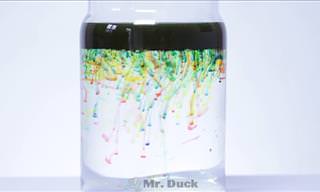 12:22
12:22
These Experiments Remind Us Water Isn't Just For Drinking
This video will make you stop and think for a second the next time you're having a glass of water as you remember the brightly colored experiments that this video shows us you can do with water

These Are the Miracles That Happen in Our Bodies Every Day
There is a lot that happens inside our bodies every single day. Did you know any of these facts?

There are Some Great Secrets Found in Mathematics...
Numbers hold some great secrets - they even tell us about life!

How Your Eye Came to Be the Color It Is...
Why do we have different-colored eyes, and what does it mean?
 9:47
9:47
Behind the Scenes of the Human-Like Atlas Robot
In this video, we get a behind-the-scenes look at the development of the incredible Atlas robot.

Researchers Claim This Ingredient Can Cure Depression!
A preliminary study has suggested that magic mushrooms may be able to soothe the symptoms of depression. Read here to find out more.
 7:00
7:00
How To Be Sure Your Dog Adores You
10 scientific ways to know if your dog loves you
 6:33
6:33
The Story of the Internet: Who REALLY Invented It?
Who really invented the internet, and why did they REALLY do it?

Doctors Make History With First Whole Eye Transplant
Surgeons in New York have performed the world’s first transplant of an entire human eye!

Science Breakthrough: An Immunization Against Skin Cancer?
This scientific breakthrough offers hope for those who are struggling with skin cancer. You are now invited to discover more about this revolutionary vaccine.

TRIVIA: 25 Shocking Differences Between the Sexes
Did you know that there are some vast differences between the sexes? These 25 scientific facts will probably come as a big surprise to you, they did to me.
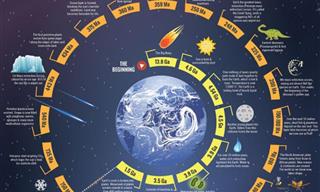
The History of Our Planet in One Beautiful Spiral...
This beautiful infographic offers us a remarkable story – the history of Planet Earth.

Ever Wonder What Life Is Like if We Zoom In All the Way?
A selection of some of the winning photographs from Nikon's yearly macro photography contest.

Scientists Develop 'Flying Dragon' Robot to Fight Fires
Scientists in Japan have created a water-spitting 'flying dragon' robot to fight fires.
 4:27
4:27
Get a Sense of Scale of Just How Big SpaceX's Rockets Are
SpaceX is achieving incredible things in space, however it's difficult to picture just how big their rockets are. Take a look...

12 Earliest Versions of Tech Inventions We Use Every Day
Witness the evolution of 11 popular devices we use all the time by looking at how they all started...

These Ancient Inventions Have Got Scientists Stumped!
Here are 12 items from long ago which prove that our ancestors possessed knowledge and skills far more advanced than we once believed them to be.

Is it REALLY the Coffee that Wakes Us Up in the Morning?
A recent study has revealed that the coffee you drink may just be a placebo...

Chocolate Exposed! Here's What It Does to Your Brain!
Just what is it that makes chocolate so irresistible to so many people around the world? Find all of the answers in the article.
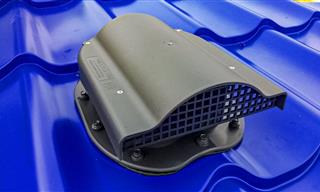 13:01
13:01
13 Incredible ROOF INNOVATIONS For Your House
Keep the roof of your house safe with these incredibly useful inventions.

I Bet You Didn't Have a Clue About These Human Body Facts!
The human body is the most complex machine known to mankind, but I bet you don't know these 10 amazing facts about it...

25 Feats of Engineering that Leave Everyone Amazed
The amount of planning and sheer brain power it took to design and execute these structures, proving once again that there are true geniuses out there.
 2:51
2:51
What is the Largest Organism on Earth?
You may think you know which animal is the largest on earth, but you may be mistaken...
 2:23
2:23
Introducing the Astronauts That Were Just Launched Into Space
The two astronauts — veteran NASA fliers Bob Behnken and Doug Hurley are honored to have been on this flight. Let's get to know them!

17 Experiments That Produced Very Bizarre Results...
Take a look at this collection of photos showing how common people performed some fascinating accidental scientific experiments.

Take an Incredible Tour of Our Colossal Milky Way Galaxy
Fly Through the Milky Way Galaxy!

These Photos Show How Dependent We are On Smartphones
Technology has taken over and these funny (but true) photos help to drive this fact home.

You Won't Believe That These Things Exist in Japan...
If there's one place on this planet that well and truly at the forefront of modern technology, it has got to be Japan, as these inventions prove...

This South African Plant May be the New Cannabis
Is this plant the new cannabis? What will the woolly umbrella plant do for medicine?

5 Robotics Trends Anticipated in 2024
What does 2024 have in store for the field of robotics?


